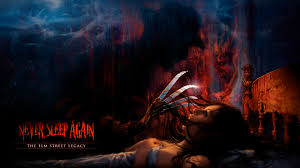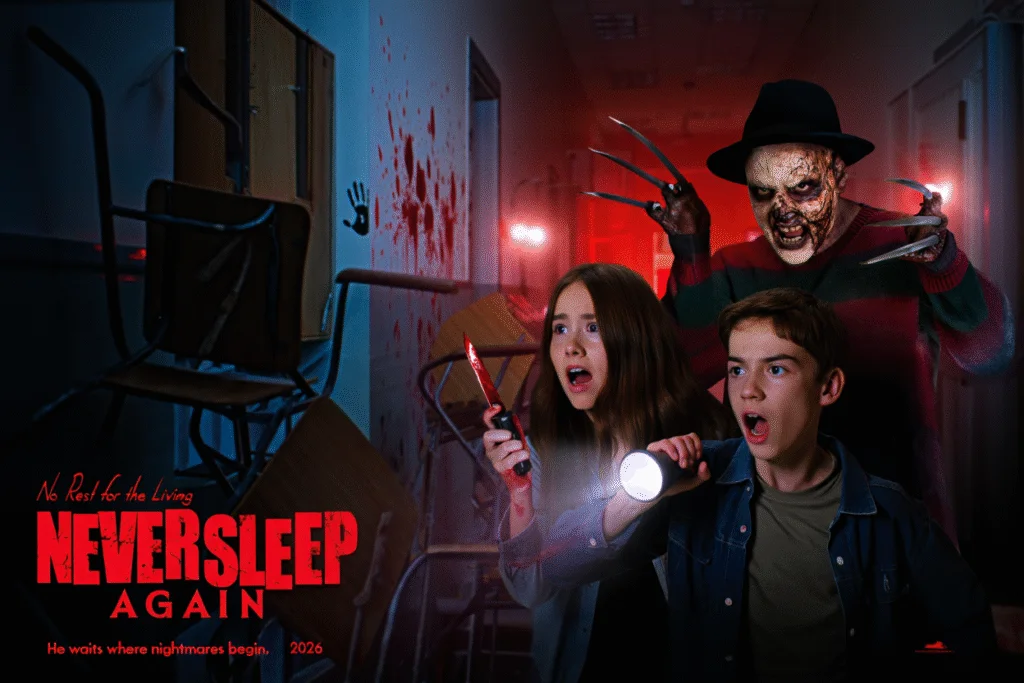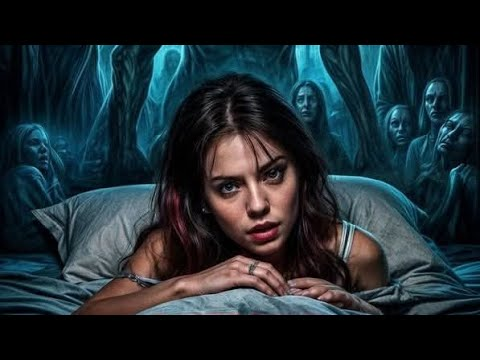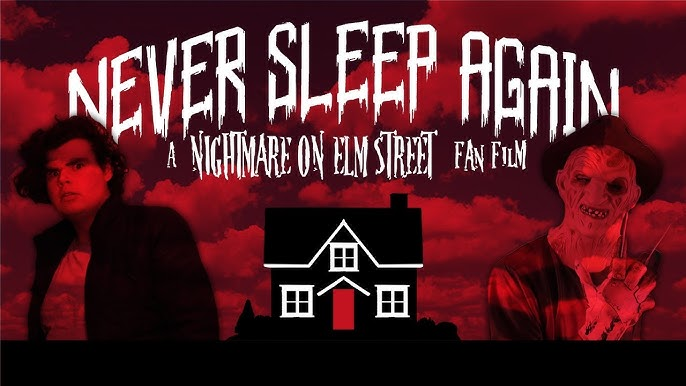There are films that haunt you while you watch them — and then there are films that follow you into your sleep. Never Sleep Again (2026) belongs to the latter, a masterpiece of psychological horror that blurs the fragile veil between dream and reality until neither feels safe. It’s a nightmare you can’t wake from — because it doesn’t want you to.

Set in the eerie town of Black Hollow, the film opens on silence — the kind that feels wrong. Windows rattle with unseen whispers, clocks tick in irregular patterns, and insomnia spreads like infection. What begins as a few sleepless nights soon becomes something far more sinister: a plague of living dreams devouring everyone who dares to close their eyes.
Emma Roberts delivers one of the finest performances of her career as Mara Quinn, a sleep therapist unraveling faster than her patients. With trembling eyes and a heart weighed down by guilt, she becomes the perfect conduit for the film’s terror — not screaming through it, but dissolving beneath it. Her fear feels personal, her descent inevitable.

Jacob Elordi brings an unnerving charm as Theo, a patient-turned-prophet whose insomnia hides something ancient. His presence on screen is hypnotic — beautiful, fragile, and wrong all at once. Together, he and Roberts ignite a chemistry that feels less like love and more like shared damnation, each seeing the other’s nightmares reflected in their eyes.
Director Jennifer Kent (of The Babadook fame) orchestrates the horror with surgical precision. She trades jump scares for psychological decay, crafting a slow-burn terror that crawls beneath the skin. The camera lingers on empty spaces — doorways, mirrors, unlit corners — until the viewer’s own mind starts filling in the dark.
The film’s visual language is intoxicating. Dreams bleed into waking life with seamless transitions — one moment, sunlight floods the room; the next, it’s moonlight and something moves behind the curtains. Colors distort as sleep deprivation takes hold: crimson becomes rust, white becomes decay. The result is a visual tone that feels like hallucination made tangible.

Sound becomes the film’s cruelest weapon. Whispers fade into static, heartbeats echo in impossible patterns, and somewhere beneath it all — a lullaby hums. Every noise feels alive, every silence suspicious. The sound design turns the act of listening into an act of fear.
The entity haunting Black Hollow isn’t a monster in the traditional sense — it’s consciousness itself. The script dares to ask what happens when thought becomes the predator and sleep becomes surrender. The horror here is existential: you can’t run, because the enemy lives in your mind.
Tessa Thompson delivers a powerhouse supporting role as Dr. Vega, the neurologist who uncovers the film’s dark mythology. Her monologue on the “moment before sleep” — that infinitesimal space where the brain surrenders control — is chilling poetry. “That’s where it waits,” she whispers. “In the breath between dreams.”

By its final act, Never Sleep Again descends into surreal madness — a dreamscape built from shattered logic and emotional pain. Reality collapses, time folds, and the characters wander through their own subconscious guilt. Kent doesn’t just show horror; she builds it from grief, memory, and the unbearable beauty of being awake too long.
When the credits roll, the lights don’t feel comforting — they feel invasive. Never Sleep Again (2026) lingers like a curse, a film that dares to turn human consciousness into a haunted house. Visually hypnotic, emotionally relentless, and terrifyingly original, it’s not just horror — it’s the cinematic embodiment of insomnia itself.


GIPHY App Key not set. Please check settings